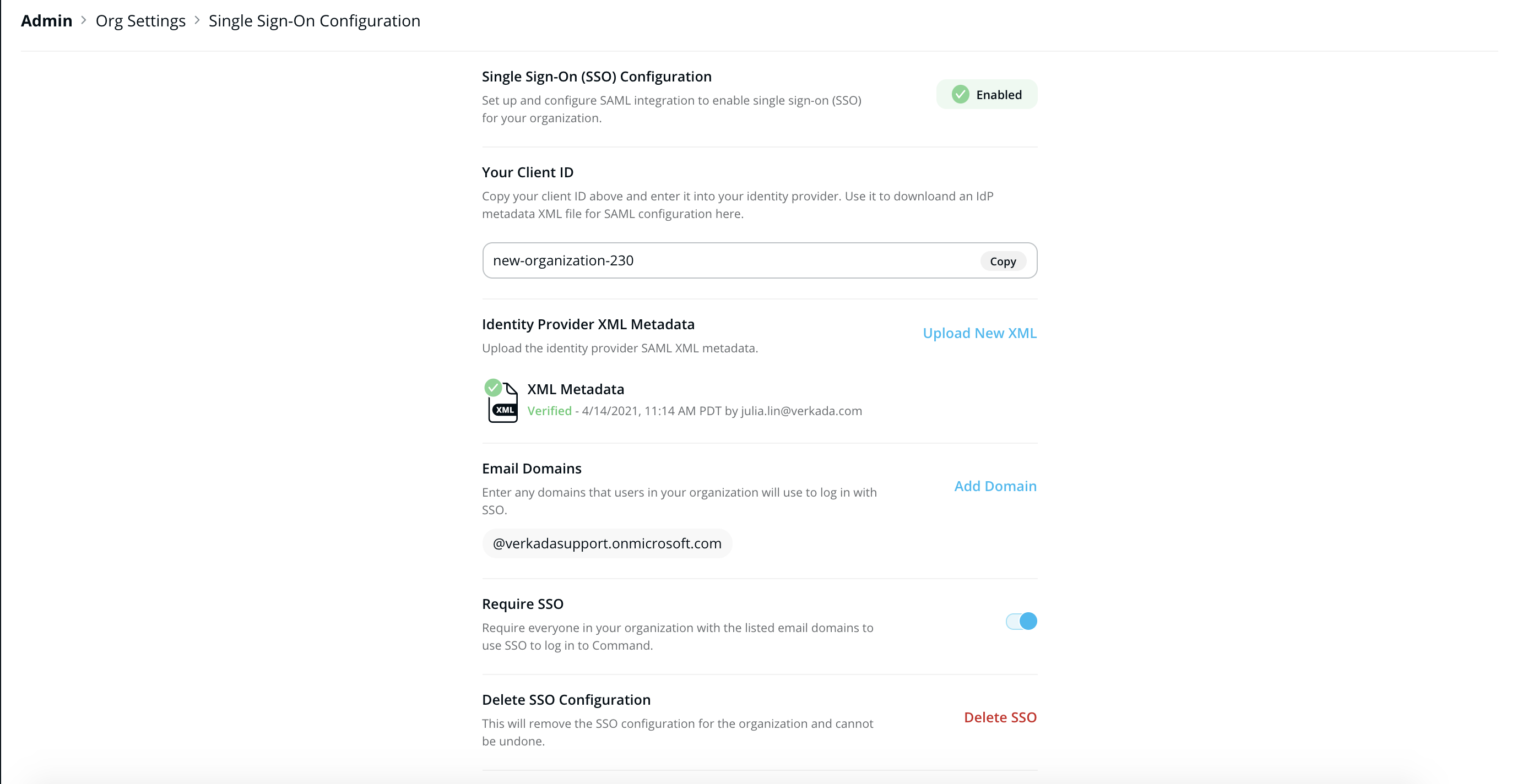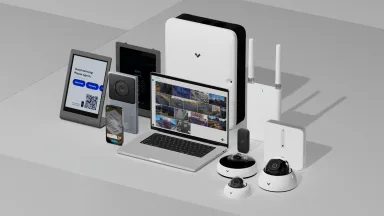Power of the Platform: Interconnected Cloud Solutions Drive Physical Security’s Evolution
This article originally appeared on Security Sales & Integration
For too long, security systems have been complex and siloed, requiring on-premise servers and tedious management. But the physical security industry is shifting.
More and more leaders are embracing hybrid cloud models that make the protection of people and places more intuitive and user-friendly. In fact, 92 percent of security leaders believe that the future of physical security is cloud-based.
To fully realize these benefits, however, solutions can’t just be cloud-based – they also have to be holistic and centrally managed. To unlock efficiency, leaders want an all-in-one solution that gives them more situational context, scales across devices and locations, and centralizes operations management.

Centralizing Physical Security Operations Management
On-prem physical security systems often require security leaders to navigate different interfaces, rules, and processes, which ultimately makes it challenging to maintain an efficient and effective physical security strategy.
In contrast, cloud solutions hosted on a singular platform make it easy for organizations to consolidate and manage all of their physical security technology because they seamlessly connect everything under one user-friendly interface. This streamlined approach enhances situational awareness, simplifies management, and allows for quicker, more coordinated responses to incidents.
This is especially true when it comes to conducting investigations. Instead of physically retrieving footage from different cameras at different locations – which, in the case of addressing repeat shoplifting offenders, could involve driving to multiple stores and sifting through hours of footage to find a clip – cloud platforms can make finding footage easier with advanced analytics and access from anywhere.
Some cloud platforms also make it easy to automatically group evidence and build incident reports that can be shared with law enforcement electronically.
Highly Customizable and Easy to Scale Cloud Solutions
Security deployments come in all shapes and sizes, ranging from single standalone devices to enterprise-level solutions with multiple technologies and global sites. With the right technology, installing and configuring an installation can be as seamless and simple for the largest, most complex deployments as it is for a single site.
With a holistic cloud-based platform solution (vs. a point solution), installations can be streamlined thanks to centralized device management processes across any number of sites and locations.
Cloud platforms also easily integrate with other technology partners through API endpoints and more, which make them more customizable and easier to scale to an organization’s evolving security needs. For instance, when a new employee joins an organization, they need to be provided with credentials that give them access to specific areas within an office.
With a cloud platform, organizations can sync employee profiles in real-time from Single Sign-on systems like Okta and Microsoft Entra ID and automatically provision the appropriate access control to an employee based on their job function.

More Context for Better Decision-Making
Integrating various security technologies provides security professionals with more context, and ultimately, better decision-making for their organization. Consider an individual passing through an access point.
With a standalone access control system, you can only determine that an individual passed through the access point by looking at the credential log. However, when paired with a camera on a centrally managed cloud platform, you can see that while one individual swiped their badge, another person followed closely behind without swiping—a practice known as tailgating.
This additional context allows security leaders to identify and address unauthorized access attempts, such as implementing anti-tailgating measures or increasing surveillance at vulnerable points.
Or consider that when an individual visits an organization on-site, there is often a robust check-in process that spans multiple security technologies: they’re verified with an intercom and granted access remotely; then, they check in with a guest management solution, which retains a digital visitor log and has them complete any necessary check-in requirements.
While on-site, video surveillance can identify and log when a visitor passes through an access point, making it easy to complete investigations if needed. All of these solutions on a single platform work better together and provide organizations with more context into how individuals interact with their spaces.
Cloud-First: A New Industry Standard
There’s no doubt that the new industry standard is cloud-first and adoption is poised to continue at a rapid rate. And that bears out in the data: 75 percent of IT and physical security leaders report they are planning to make a transition to the cloud within the next 12 months.
Cloud solutions that are centrally managed on a singular platform are ushering in a new wave of efficiency in security operations due to the scalability, connectivity, and streamlined management benefits they offer.
With all the advantages that cloud-based physical security solutions and platforms bring to organizations, security is poised to begin influencing broader business use cases and driving productivity across an organization.






